Description
Bronzed Baphomet Occult Sabatic Goat Large Figurine 38cm.
Baphomet Bronze Large 38cm.
In the eyes of the Western world, Eliphas Levi’s illustration of Baphomet is a representation of the Christian Devil, the source of all evil. The French occultist’s illustration from his magnum opus Transcendental Magic shows a winged, goat-headed creature, a pentagram on his forehead, surrounded by occult symbols—all iconography associated with the Devil. A pitchfork and a barbed tail are all that would be needed to complete the stereotype.
HAND-PAINTED CAST RESIN FIGURINE
The name Baphomet first appeared in trial transcripts for the Inquisition of the Knights Templar starting in 1307. It first came into popular English usage in the 19th century during debate and speculation on the reasons for the suppression of the Templars. Since 1856, the name Baphomet has been associated with a “Sabbatic Goat” image drawn by Eliphas Levi[ which contains binary elements representing the “sum total of the universe” (e.g. male and female, good and evil, on and off, etc.).
On one hand, Lévi’s intention was to symbolize his concept of “the equilibrium of the opposites” that was essential to his magnetistic notion of the Astral Light; on the other hand, the Baphomet represents a tradition that should result in the perfect social order. The name Baphomet (apparently from mishearing the Saracens reciting the name Mohammed) appeared in July 1098 in a letter by the crusader Anselm of Ribemont:
Sequenti die aurora apparente, altis vocibus Baphometh invocaverunt; et nos Deum nostrum in cordibus nostris deprecantes, impetum facientes in eos, de muris civitatis omnes expulimus.
As the next day dawned, they called loudly upon Baphometh; and we prayed silently in our hearts to God, then we attacked and forced all of them outside the city walls.

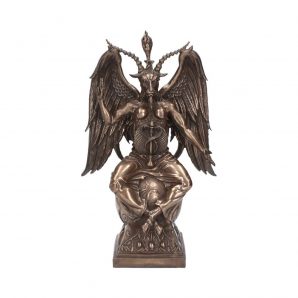
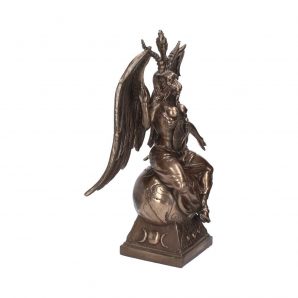
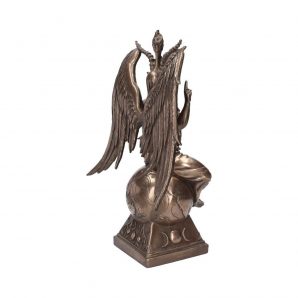
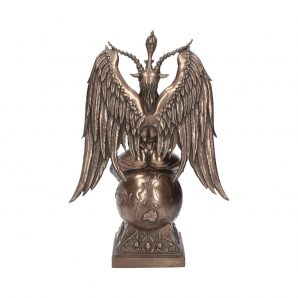
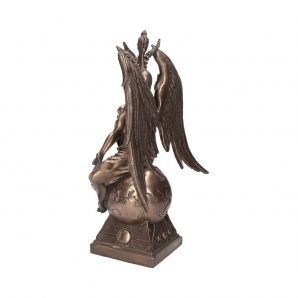
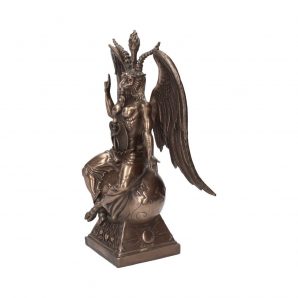
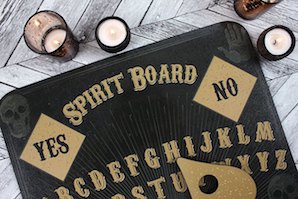

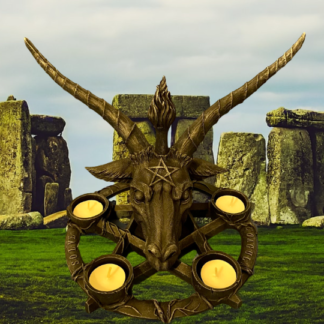
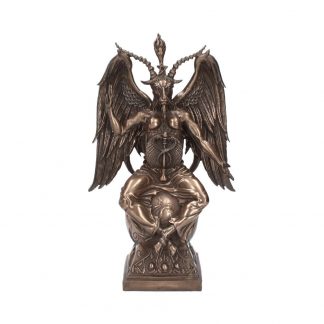
Reviews
There are no reviews yet.